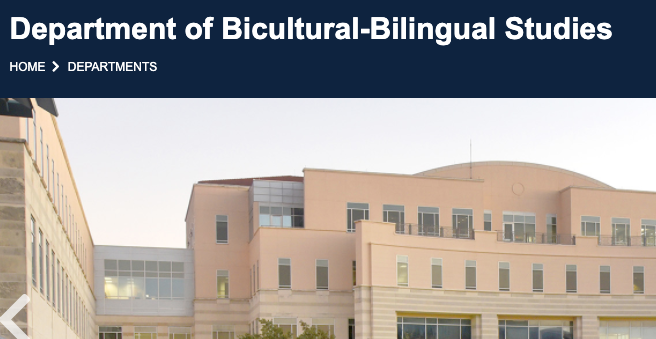What Does it Mean to be Latinx-serving? Testing the Utility of the Typology of HSI Organizational Identities
Abstract
While scholars agree that enrolling a large percentage of Latinx students is not enough for postsecondary institutions to be considered “Latinx-serving,” there continues to be a debate about what it means for institutions to have an organizational identity for serving this population. The Typology of HSI Organizational Identities is a guiding framework that suggests there are multiple ways for an institution to serve Latinx students, and thus multiple “types” of Hispanic- Serving Institutions (HSIs). The typology considers academic and non-academic outcomes for Latinx students as well as the institution’s ability to provide a culture that enhances their racial/ethnic experience. In this study, I used the typology to classify four HSIs and two emerging HSIs in the Midwest, a geographic area in the United States with a growing population of Latinxs and HSIs. I drew on secondary data from the Integrated Postsecondary Education Data System (IPEDS) and primary data from institutional websites. In doing so, I sought to test the utility of the typology for classifying institutions for research, practice, and policy, and found that it is a useful tool for looking at how postsecondary institutions may serve Latinx students beyond enrollment. Implications for research, practice, and policy are discussed.





